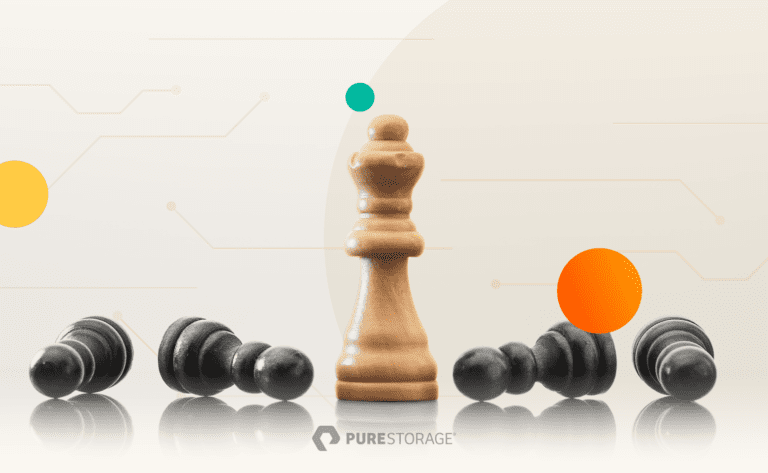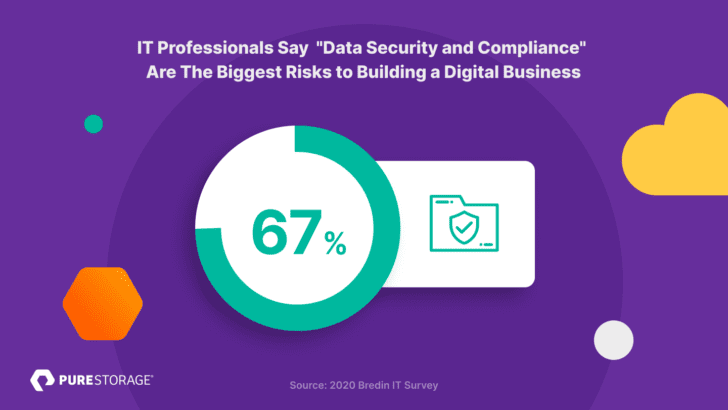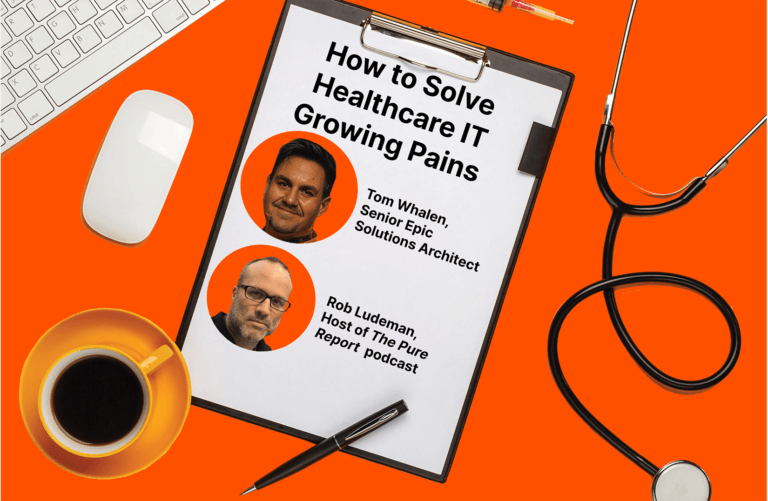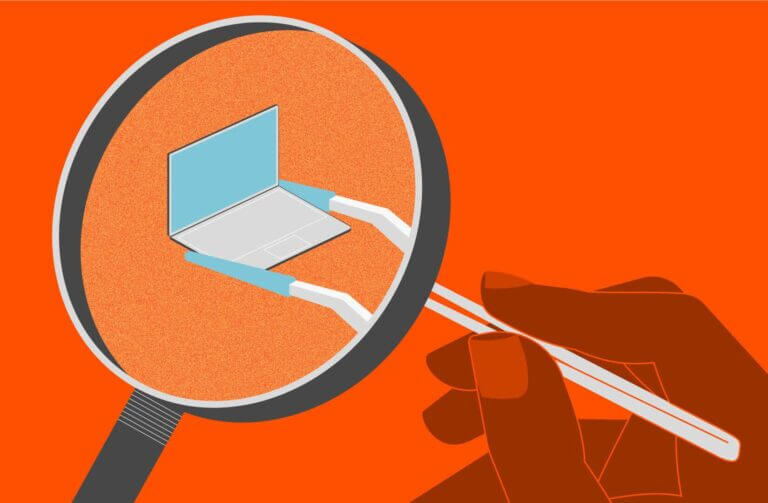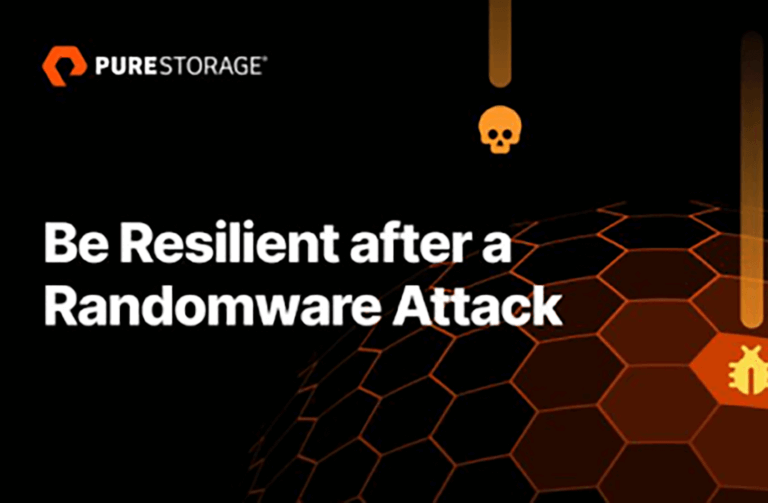2020 and all its chaos still looms large in the rearview mirror—and the road remains bumpy for many. But after enduring a year’s worth of disruption and uncertainty, organizations are readying for recovery. Topping the to-do lists for many companies is building resilience in all forms, including data resilience, to improve digital maturity, readiness, and agility.
What Is Resilience, Really?
It’s about toughness and flexibility. According to experts with the BCG Henderson Institute, it’s the “capacity to absorb stress, recover critical functionality, and thrive in altered circumstances.”1 A business that is both resilient and agile:
- Expects the unexpected
- Is prepared to meet the challenge of change
- Can adapt to change as quickly and successfully as possible
Applied to data, resilience means remaining available, no matter what, to both users and essential applications. This is especially true for the apps that a company relies on for modern data analytics. And it’s about more than improving business continuity, although that’s critical to maintaining robust data protection, too.
Pure Storage® can help your business increase data agility for competitive advantage. Learn more about Agile Data Services with Purity 6.
How to Prepare for the Realities of the Recovery
According to research conducted by Bredin for Pure Storage, 67% of companies see data security, together with compliance, as the biggest risk to building a digital business.2 And 60% of the companies surveyed said they plan to invest in data security this year to reduce risks to their business.
Building resilience and agility—not only for data but also for the business overall—requires future-proofing critical IT infrastructure and having a modern data protection strategy. This can help you safeguard your application data in a constantly changing threat environment, while also keeping it available enough so you can move fast and recover the data you need, when you need it.
If you’re working to evolve into a digital business, you’re on the path already. Competing effectively in the recovery will be shaped largely by the following realities:
1) Remote Work Is Here to Stay
Many companies are looking to maintain at least a partially remote workforce even as the world gets back to normal. A survey by Upwork found that one in four Americans will be working remotely this year. And by 2025, 36.2 million people in the U.S. will be working remotely—an 87% increase from 2020 levels. For remote workers to be productive, they must have access to the applications and data they need to do their jobs.
Missed business opportunities, lost revenue, and brand damage are just some of the potential side effects of workers not having access to critical data and applications even during a short period of downtime. And no business can afford to experience either in the recovery.
Organizations can be proactive and ensure that their data stays highly available for products, services, and operations—and remote workers. Data protection solutions that have predictive analytics and AI-powered monitoring can go a long way to help prevent disruptions.
2) Data Breaches Are Now “Expected” Events
2020 was a busy year for cybercriminals. They wasted no time in developing campaigns to profit from the economic disruption. Some experts estimate that global losses from cybercrime in 2020 will hit nearly $1 trillion for 2020—almost double the amount lost in 2018.3
Even before the pandemic, most companies understood that data breaches or cyberattacks are inevitable. Given all the activity seen in 2020, they should be even more aware that these incidents are “not if, but when” events. In fact, one security industry report reveals 2020 saw a seven-fold, year-on-year increase in ransomware attacks.4
Wondering if your business is at risk for a ransomware attack? Try our free assessment tool.
3) Legacy Data Protection Won’t Cut It for Modern Applications
Building resilience in 2021 is about eliminating fragility—without sacrificing agility. Legacy solutions can be little more than expensive insurance policies, especially when it comes to the modern applications that increasingly define agility and resilience.
For those who are leaving monolithic apps behind in favor of container-based applications, beware of entering uncharted territory without updated security policies. Containerized apps are an entirely new way of architecting applications and require an entirely new way of protecting their data. Traditional ways of protecting monolithic or even virtual machine (VM)-based apps won’t do and can even rob you of the benefits containers can offer. You’ll need a security strategy that covers both sides of the equation: VMs and more traditional apps as well as containerized apps.
Using a platform like Portworx® for backup and disaster recovery can bring resiliency to modern, containerized applications that you otherwise wouldn’t get with a legacy solution. It covers all your bases as you innovate on more fronts.
The right data protection architecture should also allow you to not only recover quickly but also prioritize which areas of your business to get back in operation first. Being able to orchestrate your recovery process is a whole other level of resilience and agility. You have control, despite the chaos.
A modern data protection architecture can help your business better meet the challenge of pervasive and costly threats but also keep you agile:
- Before an attack: By backing up your files through frequent snapshots, controlling access to secure files and data, investing in training, and more
- During an attack: By letting go of data protection infrastructure built on legacy architectures that can’t handle the stress of a ransomware attack (and, if your backup systems and data are compromised, you may need to reinstall and reconfigure your backup solution before you can even try to recover your data)
- After an attack: By having the ability to recover, fast, in the wake of an attack (a modern data protection approach emphasizes the use of simplified and secure ransomware backups that can’t be modified, deleted, or encrypted).
4) Cloud-Native Has Now Reached “Business Necessity” Status
IT teams have worked feverishly to expand network, data, and cloud capacity to keep pace with rapidly ballooning data and bandwidth loads. That work is more than an emergency measure; it’s a foundation for the future. And we expect to see many companies formulating forward-looking cloud strategies to support modern, containerized workloads and increase business agility.
Forrester analyst Dave Bartoletti predicts that the cloud will help to power businesses through—just as it has throughout the instability of the pandemic. (Bartoletti also emphasized that “becoming more agile, responsive, and adaptive than ever before is inevitable for every enterprise” moving forward.)5
Organizations will increasingly develop strategies that use virtualized infrastructure, artificial intelligence (AI), container platforms, and more. But to avoid creating a sprawling, vulnerable attack surface, these strategies will also need to account for data mobility and security. Trying to navigate this with legacy storage arrays that can’t easily integrate with the cloud won’t be sufficient.
Find out how to increase data resilience, but also use less cloud storage infrastructure, with Pure Cloud Block Store™ for data protection and mobility.
The Takeaway: Agile but Safeguarded Is the Aim
Business continuity and disaster recovery solutions and practices should bolster resilience and agility, while ensuring data remains accessible during a disruption.
It takes time for a business to grow resilience and agility. But shifting to a modern data protection approach can help your organization make progress on both fronts faster. Then, your business will be ready to be both tough and flexible whenever the unexpected, inevitably, strikes again.
![]()
